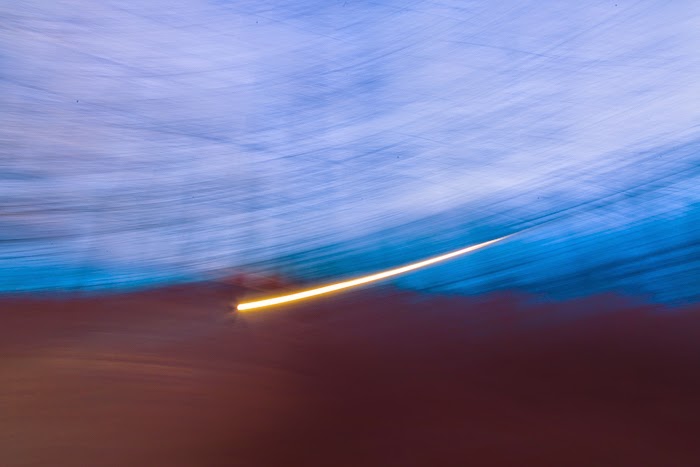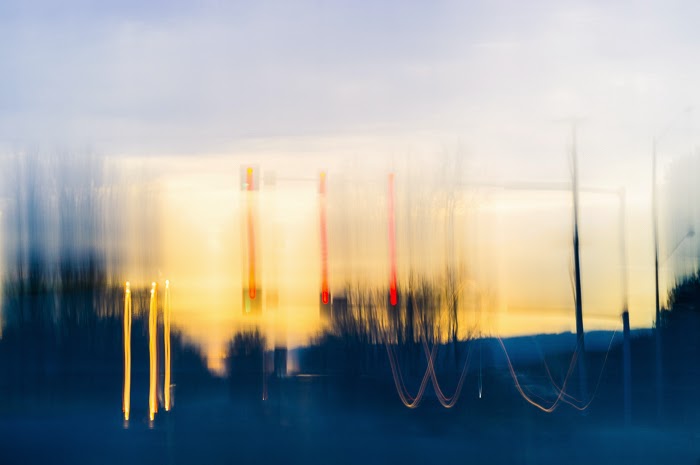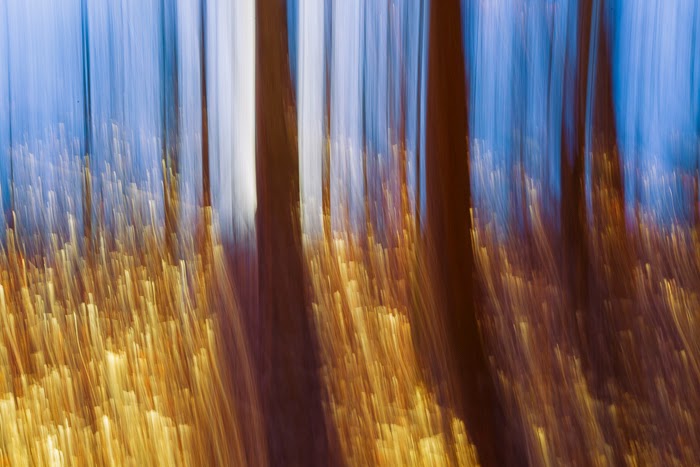I'm starting out on a series of photographs that's very exciting for me. It is a completely a different approach. I was playing around with the idea few years ago but now I decided to explore it some more.
 |
| Canon 5d MK3 |
I caught the flashing meteor just as it was about to crash on the earth… Just kidding. This was done with long exposure and deliberately moving the camera for the desired effect. The meteor is just the sun.
Yes, it does look like an impressionistic painting. I assure you that there was no photoshop filters used. Saturation, contrast and some tinting was used to get the colors the way I like it.
This approach is so interesting for me because even though the image looks like an abstraction, it was derived from real life. So in a way it straddles the world of your imagination and reality. Or better yet, it blurs the boundary between the two realms.
We can even take the idea further to examine, IS there a real distinction between your imagination and reality?
On the technical aspect, it is rather simple. Long exposures that may last from 1/4 sec to 6 seconds, hand holding the camera and make the image dance by moving the camera around. The artistry is about how to move the camera according to your subject matter. Your subject matter and your vision dictates how you'll move the camera. Vertically, squiggly, trembly…
 |
Click to see the entire gallery
It is not my intention to mimic painters. However, the similarities that I find between my work and the impressionist artists is the fact that maybe we are more interested in capturing the mood of the scenery as opposed to faithfully capturing the details of the subject matter.
|
 |
Click to see the entire gallery
I'm really enjoying this project. I think I will expand it more as time goes. I like the fact that I'm challenging my own notion of what photographs should look like. Why should we be so bound by the idea of the "still" image?
|







Comments
Post a Comment